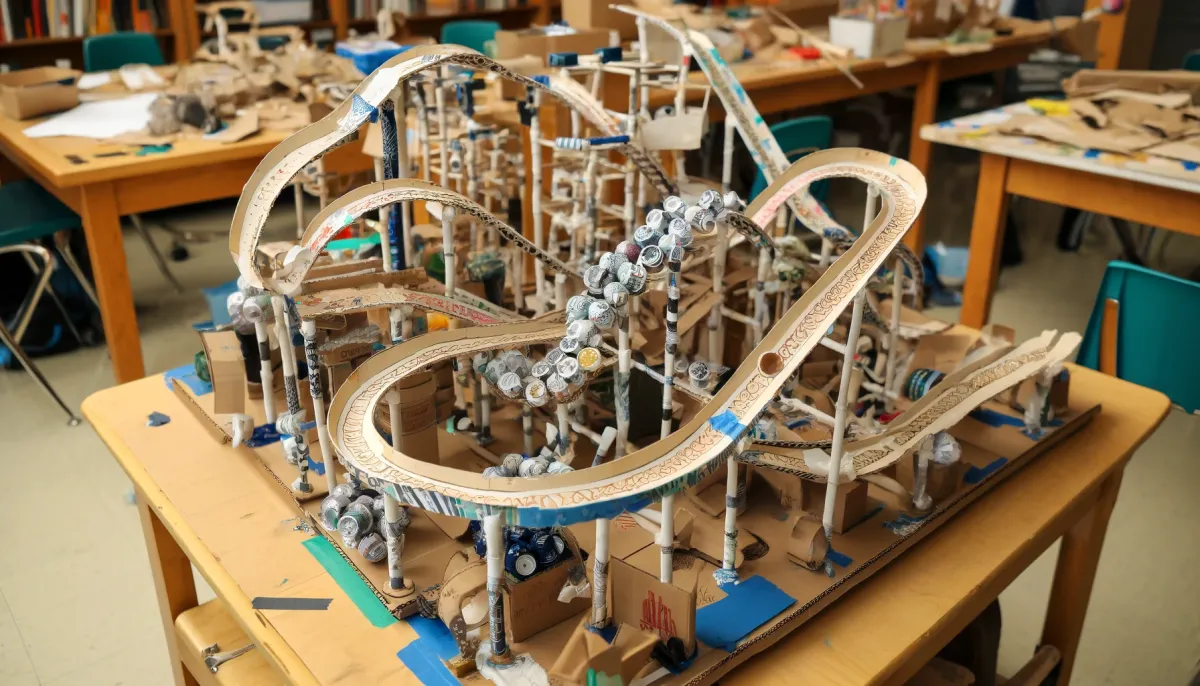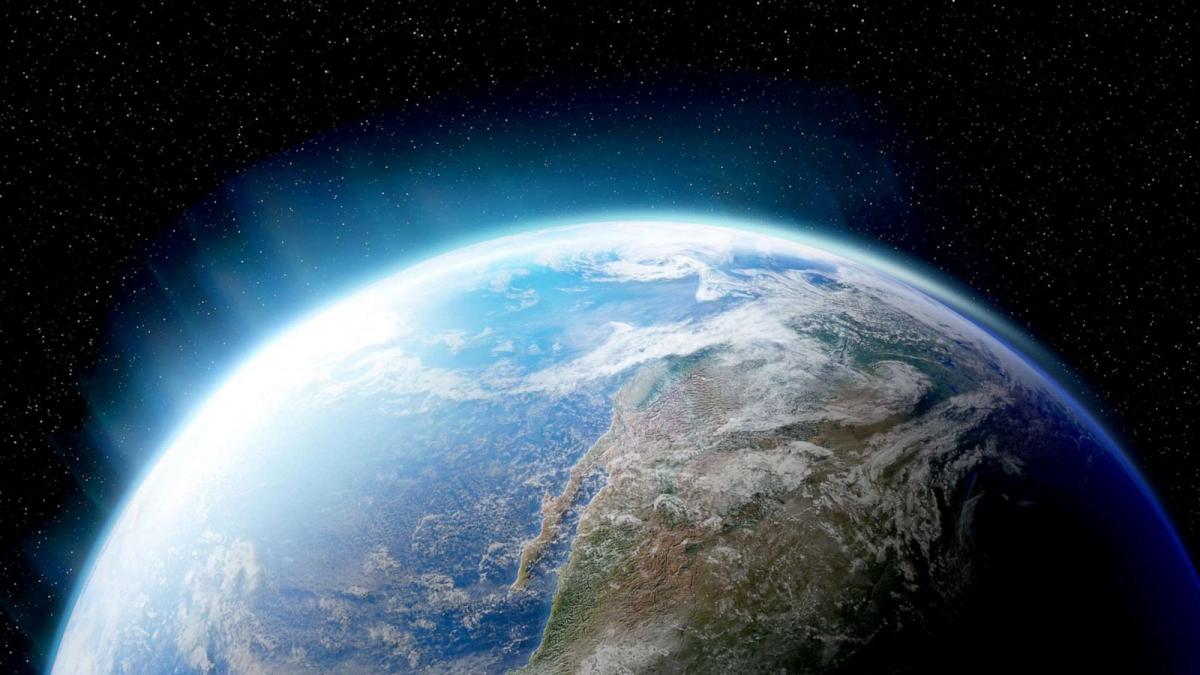
What Rain?!!!
by Leslie Gudger
Why do different parts of the Phoenix Metropolitan areas have a big difference in rainfall during monsoon days? Discover how the rain shadows of the White Tank Mountains and the McDowell Mountain Range act as barriers to how air masses move and how this affects the total amount of precipitation. Teach and reinforce interpreting published data, reading topographical maps, and using data to create graphs. Students will also simulate rain shadows by doing a hands-on activity outside.
Lesson Grade Level
7th GradeLesson Plan Link/URL
https://docs.google.com/presentation/d/1EDOsu3r3TP8htQNPeRmu5VFpdoZrn1wA/edit?u…Subject Area
Science Earth and Space Science E1: Earth Systems Engineering S3: Apply Mathematics to Engineering English Language Arts (ELA) Reading (Informational Text)
Featured
Off
Related Content

Grades:
7th Grade, 8th Grade, 9th Grade, 10th Grade, 11th Grade, 12th Grade
Students will apply principles of design, engineering, and mathematics to create a physical or digital labyrinth inspired by the myth of Theseus. This project integrates STEM concepts with literature

Grades:
7th Grade
Students design and build tools for collecting meteorology data. Then students will collect data to make predictions about future weather moving into the area.

Grades:
4th Grade
This 4th grade STEAM lesson focuses on introducing students to Earth's four systems: Hydrosphere, Geosphere, Atmosphere, and Biosphere (excluding the Lithosphere). Students will learn about the Greek